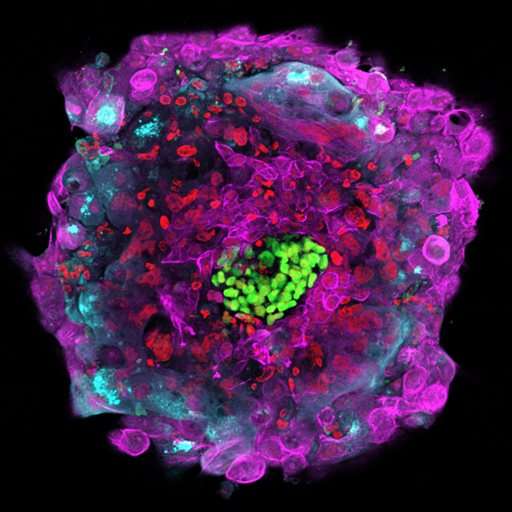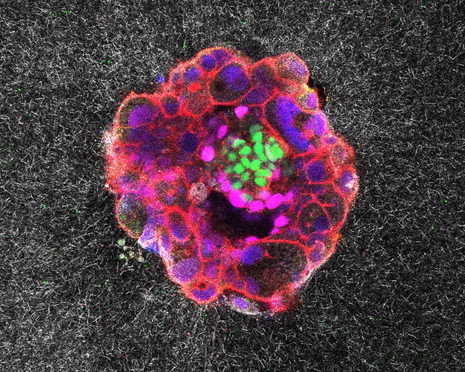First Videos of Human Embryo Implantation
A research team in Spain has filmed, for the first time, human embryos implanting into synthetic uterine tissue. The recordings show the embryos burrowing deep into the tissue, using surprising force as they secured themselves. This work was published in Science Advances and has been described as an important step in understanding how pregnancies begin.
The project was led by the Institute for Bioengineering of Catalonia (IBEC) with support from Dexeus University Hospital. Researchers used advanced microscopes to create time-lapse films of embryos around five days old as they tried to implant. According to lead investigator Samuel Ojosnegros, the embryos did not just stick to the surface of the tissue. Instead, they pulled, reshaped, and forced their way into it.
One of the co-authors, Amélie Godeau, explained that she first thought the experiment was failing because the embryos moved into the tissue so quickly and aggressively. But the recordings confirmed that this was a natural part of the implantation process.
How Human Embryos Differ from Mice

The study also highlighted big differences between human embryos and those of animals such as mice, which are often used in fertility research. While mouse embryos only attach to the outer layer of uterine tissue, human embryos go much deeper, surrounding themselves with the tissue completely. This shows that relying only on mouse studies does not always give an accurate picture of how human pregnancies work.
This difference matters because many fertility studies and drug tests depend on animal models. The findings suggest that human implantation is far more invasive and active than previously thought, and this could change how new treatments are designed.
Why This Matters for Fertility Treatment
Implantation failure is one of the leading reasons for early pregnancy loss, responsible for about 60 percent of cases. For couples undergoing in vitro fertilization (IVF), this stage is often the most uncertain. Doctors can fertilize eggs and monitor embryos in a lab, but once transferred to the uterus, implantation has been difficult to study.

By building a gel platform that mimics the uterus, the researchers managed to extend the observation period to six days. This is one day longer than what most labs can normally achieve, and in fertility science, every extra hour of monitoring can reveal new details.
If this approach is developed further, it could give doctors better tools to understand why embryos fail to implant and how to improve success rates for patients. While it is still early research, the ability to actually watch and measure how an embryo behaves during implantation could help refine IVF treatments and reduce emotional stress for families facing infertility.
Personal Analysis
This study matters not only for science but also for people who struggle with infertility. The images show that embryos act with energy and force, breaking the long-held belief that implantation is passive. For years, couples have faced uncertainty during the waiting period after IVF, often without knowing why success or failure occurs. This research opens the door to answers that were previously hidden.
It also underlines the importance of moving away from relying only on animal models. Humans are different, and reproduction is one of the most delicate processes in biology. If researchers continue developing these platforms, the future of fertility medicine could shift toward more accurate, human-based studies that actually reflect what happens inside the body.
For now, the study is a scientific milestone, but in the long run, it could bring hope to millions of couples who dream of having children.
Sources: sciencealert.com

